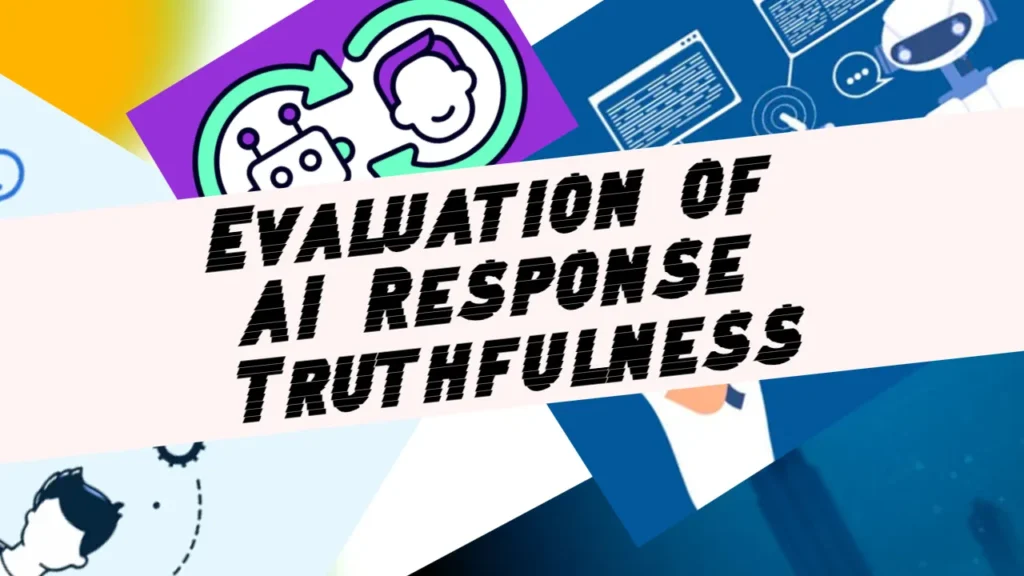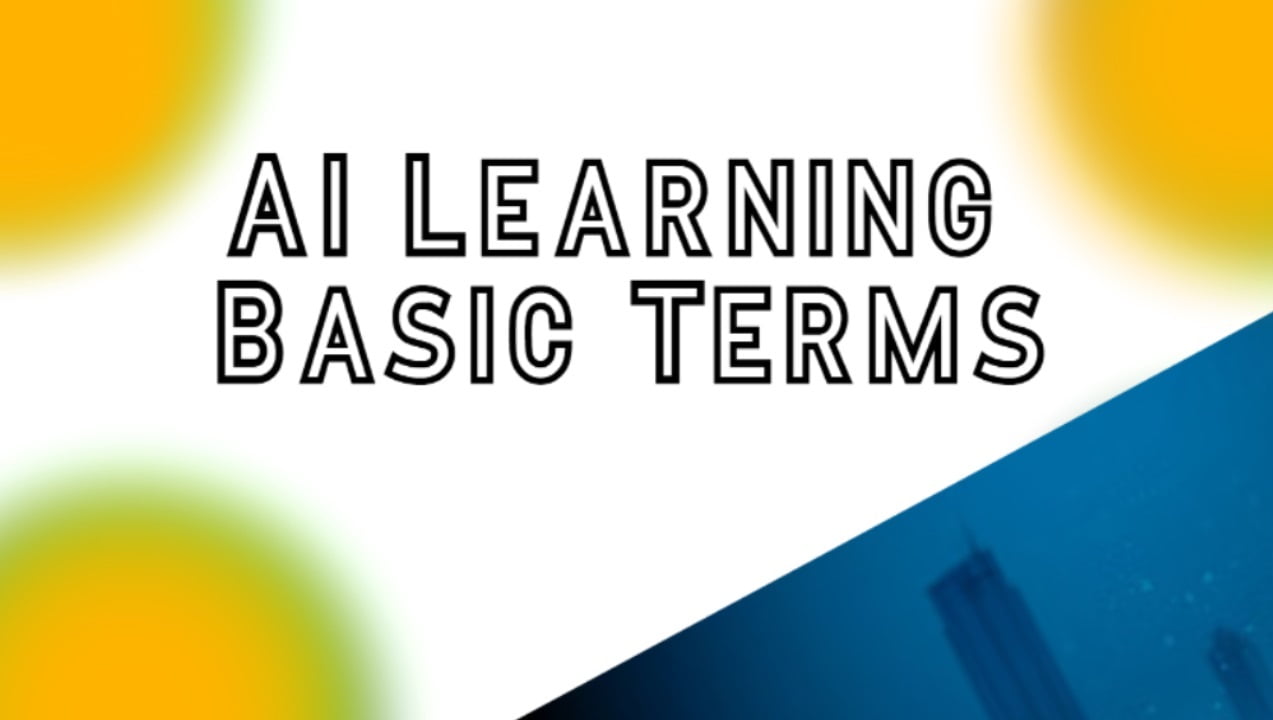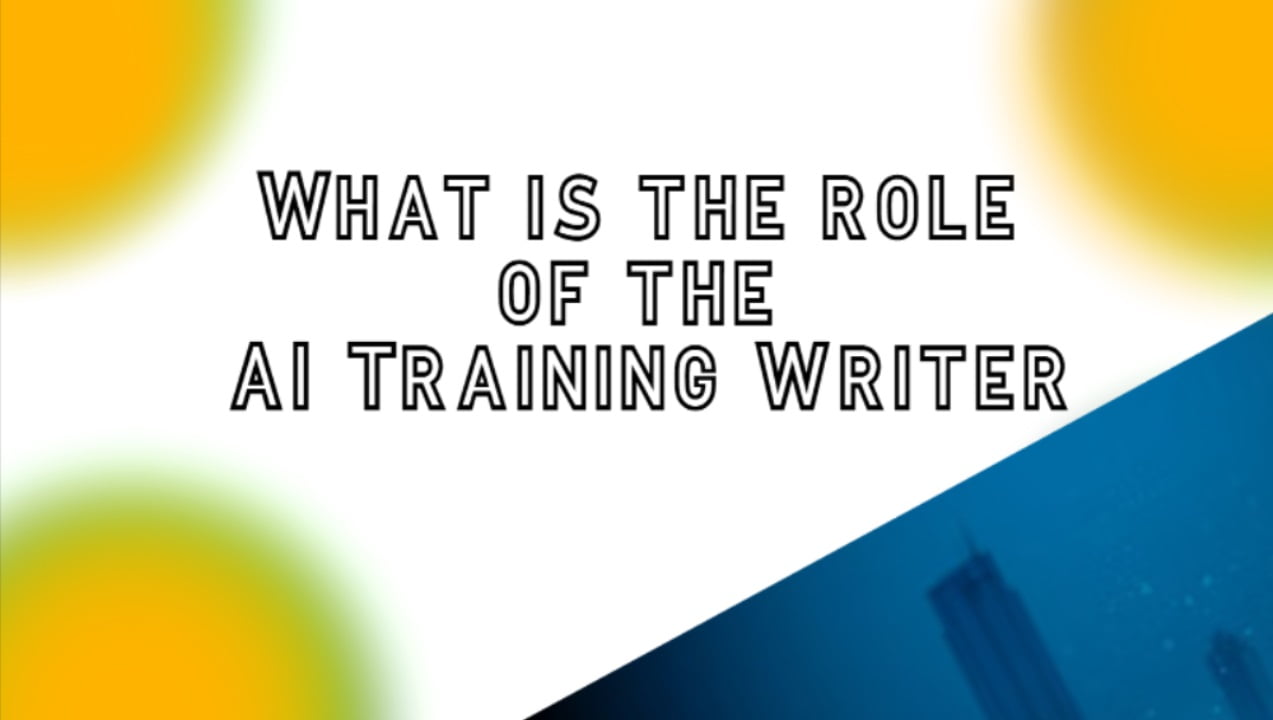While powerful, artificial intelligence is susceptible to errors and may inadvertently propagate misinformation. We must discern the veracity of AI-generated responses, safeguarding against disseminating erroneous information. In this guide, we will delve into the intricacies of assessing AI response truthfulness, focusing on two fundamental aspects:
- Verifiable Facts
- Misleading Information
Deciphering Verifiable Facts 🚫📝
Understanding Verifiable Facts
Verifiable facts are assertions that can be definitively categorized as true or false, irrespective of personal biases or interpretations. These facts are corroborated by consistent, objective, and reproducible evidence or empirical observations.
Identifying Verifiable Facts
To discern a verifiable fact, evaluating whether the assertion can be unequivocally classified as true or false is imperative. Key indicators of verifiability include:
- Objectivity: The assertion should be independent of subjective opinions or sentiments.
- Observability: Tangible means should exist to observe or measure facts.
- Repeatability: Observations or measurements should yield consistent outcomes upon replication.
- Documentability: The fact should be supported by credible records or documentation.
Consider the following examples:
- “The heart pumps blood through the body.” — This statement qualifies as a verifiable fact as it aligns with medical science and can be validated through empirical observation and experimentation.
- “Paris is the most beautiful city in the world.” — This assertion is subjective and cannot be objectively verified, rendering it an opinion rather than a verifiable fact.
Here are additional examples:
Prompt: “Identify the four fundamental forces of nature.”
Bad Response:
- Gravitational force
- Electromagnetic force
- Strong nuclear force
🛑 The response incorrectly lists only three of the four fundamental forces, omitting the weak nuclear force.
Validating Verifiable Facts
To ascertain the veracity of a verifiable fact, employ the following strategies:
- Conduct Online Research: Use search engines to verify the assertion’s accuracy—cross-reference information from reputable sources to validate its authenticity.
- Source Verification: Ensure that multiple credible sources corroborate the assertion to mitigate the risk of misinformation.
- Exercise Caution with Lists: Be vigilant when encountering responses containing multiple assertions. Each claim should undergo meticulous verification to ensure factual accuracy.
Unraveling Misleading Information 🔍💬
Defining Misleading Information
Misleading information encompasses assertions presented as verifiable facts without substantiated evidence or verification. These assertions may conflate opinions with facts or assert unverified claims as irrefutable truths.
Consider the following elucidations:
- “Nike has the best running shoes.” — This statement reflects a subjective opinion rather than a verifiable fact, as the notion of “best” is inherently subjective.
- “The vegan diet is the healthiest.” — This assertion presents an unverified claim as a definitive fact, lacking empirical evidence to substantiate its validity.
Spotting Misleading Information
To identify misleading information, be vigilant for the following indicators:
- Extreme Language: Words such as “always,” “never,” or “all” may signify overgeneralization and misleading assertions.
- Cross-Referencing: Compare the assertion with information from reliable sources to ascertain its veracity. Discrepancies may indicate misleading information.
- Prompt Verification: Dedicate a brief period to verify the assertion’s accuracy. Exercise caution if you cannot validate within a reasonable timeframe, as this may indicate misleading information.
Now you know how to evaluate AI response Truthfulness
By adeptly navigating the assessment of AI response truthfulness, we fortify our endeavors to foster factual accuracy and reliability. Empowered with a nuanced understanding of verifiable facts and misleading information, we uphold the integrity of AI-generated interactions, enhancing user trust and satisfaction.




